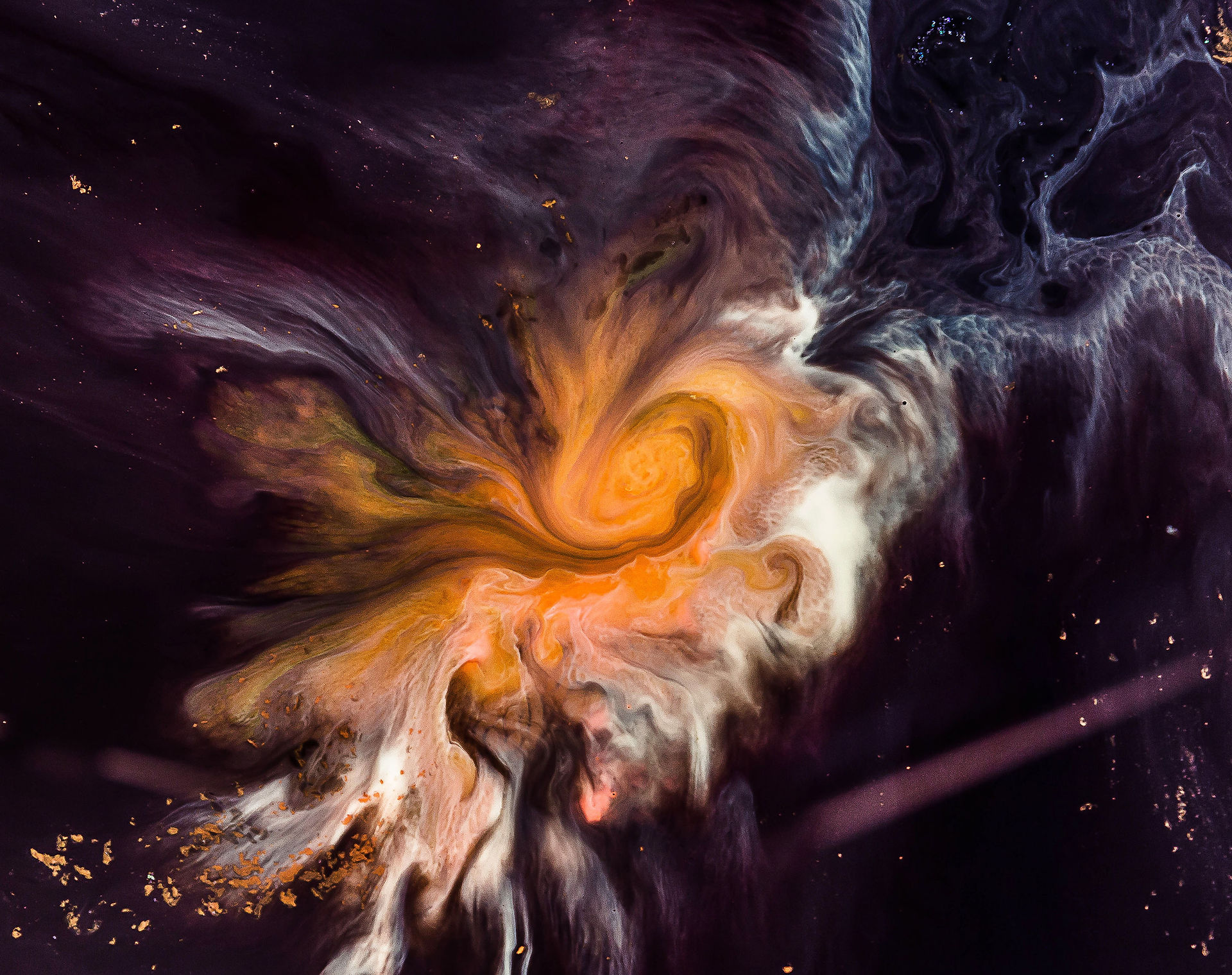
Create Your First Project
Start adding your projects to your portfolio. Click on "Manage Projects" to get started
Structure-Formation Cosmic Rays
Project Type
Theory
Date
January 2018
Location
University of Belgrade, Serbia
Accretion of new gas onto already virialised structures, for example in galaxy clusters, is a process that could potentially accelerate cosmic rays, since these are environments where both shocks and magnetic fields are present. Since accretion shocks appear and evolve during formation of large scale structures over cosmic time, production of structure-formation cosmic rays should also evolve, and consequently the production of gamma rays by the source cosmic rays. We have implemented, for the first time, the evolution of gamma-ray production, which is a consequence of the evolution of accretion shocks which appear during large scale structure formation. The developed models are more realistic, compared to previous models which use single redshift approximation for the gamma-ray origin. Models are used to derive the gamma-ray flux of all unresolved galaxy clusters, which is than compared to the isotropic diffuse gamma-ray background, measured by telescope Fermi-LAT.
Normalisation of our models was done by using gamma-ray flux upper limit for Coma cluster, which we assume is an average cluster. We find that these cosmic rays can have non-negligible contribution to the isotropic diffuse gamma-ray background. Gamma-ray models are also normalised using high-energy neutrinos detected by IceCube detector, since cosmic rays produce both gamma rays and neutrinos during their propagation through interstellar medium. We found that if the accretion shocks are predominantly strong, neutrino background is more limiting to the possible gamma-ray emissivity of these objects, compared to the gamma-ray background. After using neutrinos to constrain our models, derived uppermost limit on the structure-formation cosmic rays contribution (in case of strong shocks) to the isotropic diffuse gamma-ray background observed by Fermi is then 12−18%, which is similar to values derived by other authors. If accretion shocks are not strong, than it would be possible to produce more gamma-rays without violating the expected neutrino production.
Cosmic rays accelerated in accretion shocks can have a non-negligible contribution to the isotropic diffuse gamma-ray background and this population of cosmic rays has to be taken into consideration in addition to other components that are thought to be major contributors, like for example, unresolved star-forming galaxies or blazars.

